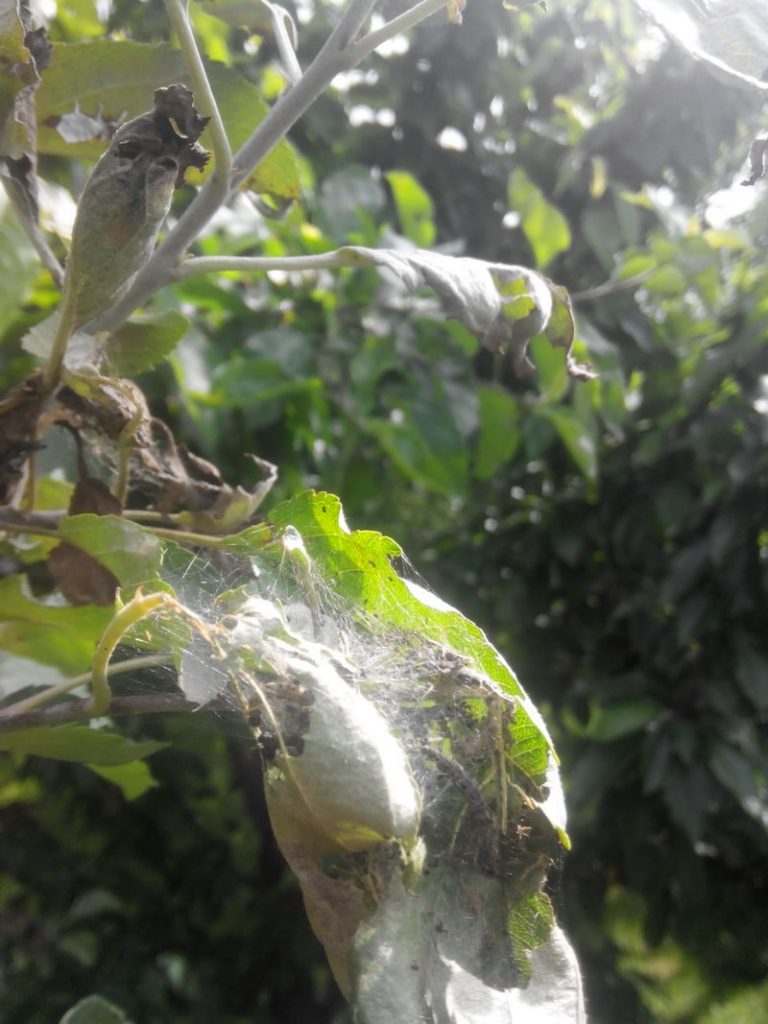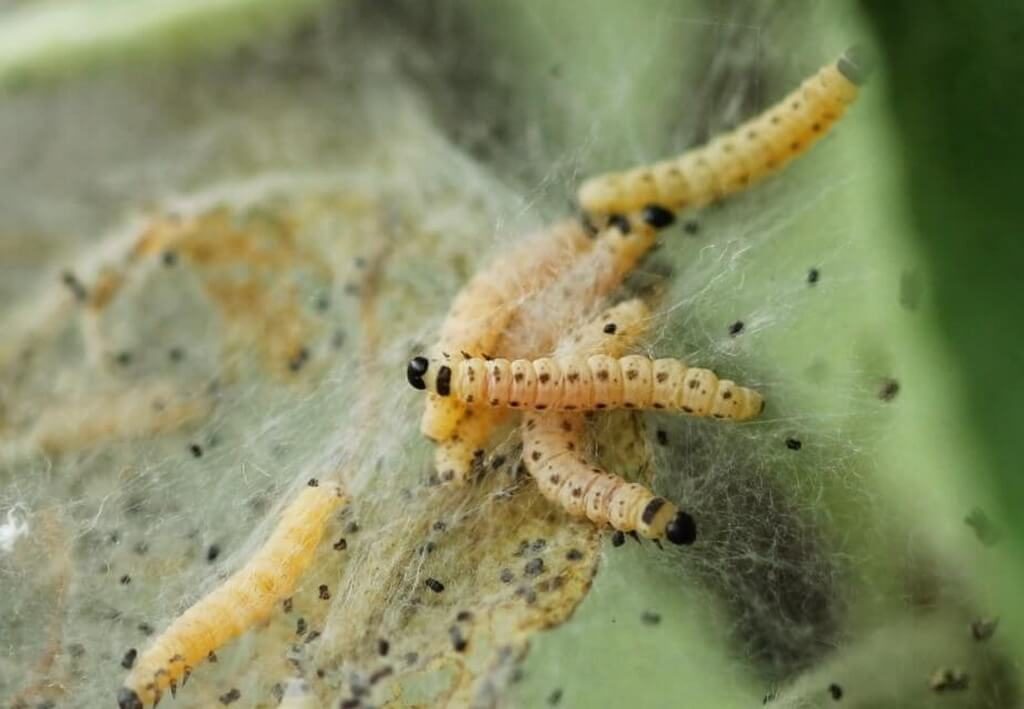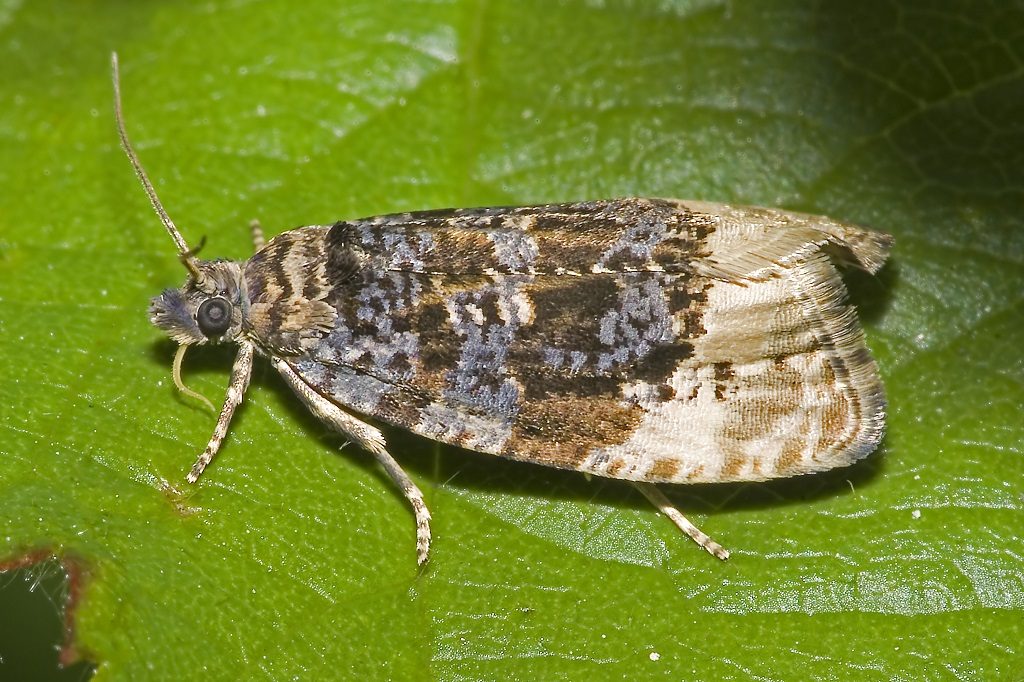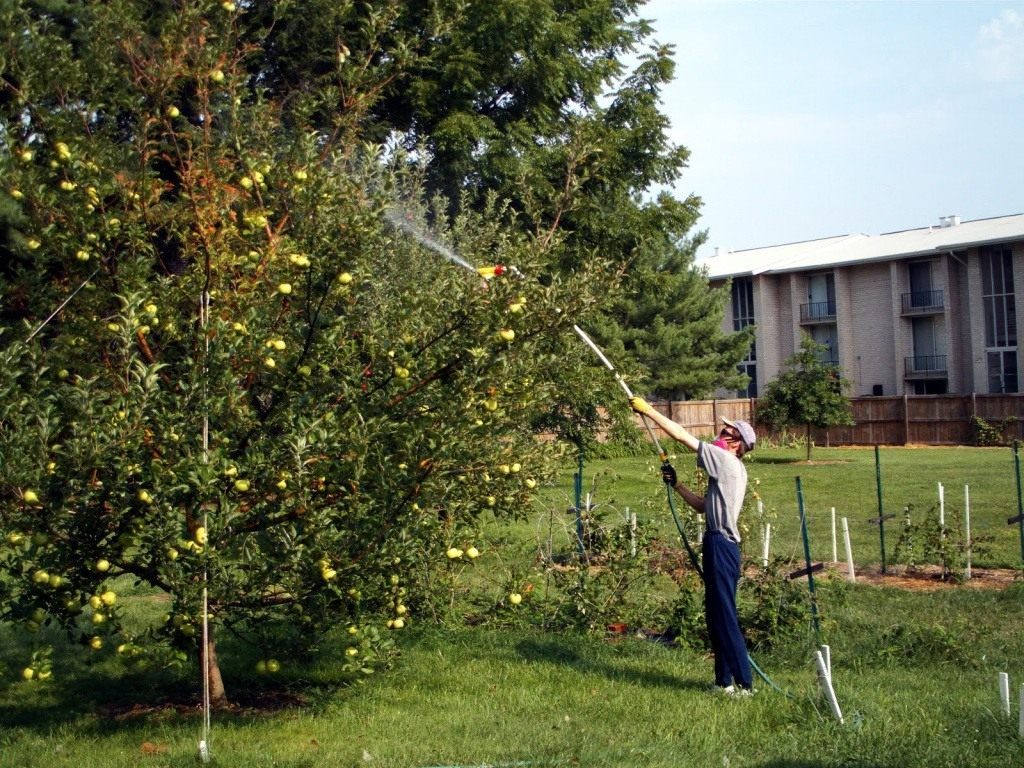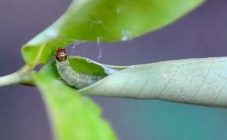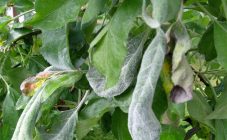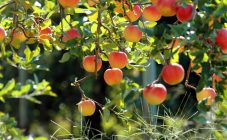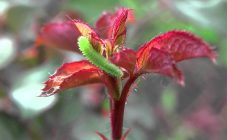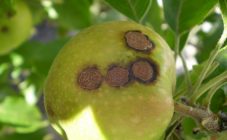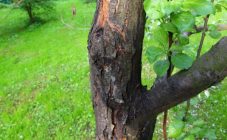Content:
The apple tree is a popular horticultural crop that is grown in almost every home garden. She is able to delight her owners with delicious fruits and high yield rates. But due to harmful insects and their larvae, which use the fruits and foliage of the apple tree for food, one can encounter certain diseases of the tree.
Several proven methods will help to fight the invasion of caterpillars. But it is worth noting that the choice of this very method depends on how large the affected area is, as well as on the time when the pests were discovered.
Signs of caterpillars and worms affecting the apple tree
The caterpillar is one of the early stages of development and existence of an insect like a butterfly. Moths and many other insects are able to lay their eggs in the crown of a tree or shrub, parasitizing and feeding on foliage. They are famous for their adaptability to a wide variety of living conditions, as well as for their gluttony. The caterpillar or worm helps to destroy the leaves, flowers, fruits or ovaries of the apple tree.
Many gardeners are wondering what kind of cobweb is in the trees, where it comes from and how to get rid of it. If a caterpillar appears on an apple tree, you need to start by determining its type. It is imperative to establish whose larva harms the fruit crop in the personal plot.
You need to regularly inspect the apple tree to detect caterpillars and damage from them. Signs that caterpillars have settled on the apple tree:
- The presence of a cobweb with larvae on the tree, which indicates that caterpillars are present on the plant. The main types of parasites that produce this web include the hawthorn, ermine moth, moth, and ringed and unpaired silkworms.
- If small black caterpillars appear on the apple tree, this indicates that it is affected by the hawthorn. The presence of furry and large caterpillars indicates a silkworm, which can reach 7 cm in length.
- The moth larvae look like small caterpillars infecting the foliage of the fruit tree. In most cases, they feed on young greens, gradually leaving the apple tree without leaves and fruit set.
- Caterpillars that have settled under the surface of the bark can be ignored for a long time. They need multiple strokes that break through the trunk, damaging it and increasing the risk of various bacteria and fungal diseases affecting the apple tree. Due to such diseases, the tree dries up and dies.
- The larvae, which have chosen the buds as their place of settlement, can be easily "declassified" and destroyed. It is this type of parasite that causes significant harm to the apple tree. Insects completely eat away ovaries and buds. The group of flower lovers includes the hawthorn, spider mite, leafworm and moth.
Pest types
If practically black caterpillars were found in the crown of an apple tree, which have bluish stripes on their backs, these are the larvae of the annelid silkworm. They can sit motionless throughout the day, and with the onset of night, they can eat flowers and leaves of an apple tree. To scare off the larvae, it is recommended to use milkweed or wormwood tincture. Apple trees need to be watered until the buds bloom.
If a cobweb was seen on trees in spring with green caterpillars inside, these are winter moths. Each caterpillar has one dark stripe on the side and three light ones, barely noticeable. These larvae live in buds and feed on them, and in June the caterpillars begin to eat flowers and foliage. In order to catch parasites, you need to wait for autumn and build belts for catching on the trunks of the apple tree.
If the spider web contains gray caterpillars, the body of which is decorated with small hairs in the form of tufts, these are unpaired silkworms. They are able to move from one tree to another with the help of the wind.
The worms on the apple tree are the larvae of the apple moth. The butterfly is able to lay on the back of the leaf. After two weeks, the caterpillars hatch, which have a pinkish tint and a brown head, their length is 20 mm. Throughout spring, young moth larvae feed exclusively on buds and buds. After pupating, they acquire a yellow-brown tint, and their length does not exceed 13 mm.
In most cases, leafworm butterflies lead to twisting of apple tree leaves. Whereas other types of butterflies fold their wings vertically, the leafworm folds its wings horizontally. The butterfly has a grayish tint, is active at night, its wings are 20 mm.
If a young apple tree is struck by cobwebs, this indicates that the apple tree has settled on the tree, which is popularly called the leaf beetle. The size of small pests does not exceed 3 mm, and their eggs are yellowish-orange in color. The beetle lays eggs for the winter, choosing secluded places for this purpose. This often occurs in the ringlets or folds of the cortex.
The larvae feed on juice, and because of their excrement - sticky balls - the apple tree is affected by a sooty fungus. This disease causes blackening of leaves and flowers, which dry out over time. When the apple tree stops flowering, the larvae become adult beetles, which are ready to lay eggs on the leaves of the tree again.
Caterpillars on an apple tree in a web: how to fight
To effectively combat worms and caterpillars in the web, various folk remedies and time-tested methods are used. So, to eliminate pests, you can resort to the following:
- With the help of a strong stream of water, wash off the larvae and cobwebs, and then burn them in a fire.
- At the first sign of damage to an apple tree by a black caterpillar, it is recommended to get rid of it by mechanical shaking off: spread a film under the crown of the tree, shake off pests from the apple tree and burn it.
- Planting tomatoes and garlic between apple trees will be an effective method of struggle. The smell of its foliage is able to scare away harmful insects and butterflies.
- Prepare a strong decoction of tansy and spray the seedlings with it once a week.
- Use a glue band that needs to be attached to the tree trunk. Such a device will prevent the spread of insects to branches and ovaries.
- Use an infusion of celandine; for cooking, you need to take dry leaves and fill them with water in a ratio of 1:10. The tool is infused for 2 days, after which it must be filtered and liquid soap (2 tbsp. L) added. The apple tree is sprayed with tincture 2 times a week.
- Take tomato tops and make a decoction from it. Insist 1 kg of leaves in a bucket of water for 5 hours, after which the gruel must be boiled over a fire for at least 3 hours. Before processing wood, you need to take a clean liquid and dilute the solution with it in a ratio of 1: 3.
- For spraying the apple tree, it is recommended to use a concentrated solution of needles; you can also use tansy, burdock and celandine. Two weeks after the tree stops blooming, it must be treated with a solution.
Any herbal decoction or infusion is recommended to be used no more than 4 times a week. It is advisable to alternate folk remedies, because pests have the ability to get used to them.
In any specialized gardening store, you can find an insecticidal preparation for controlling caterpillars and cobwebs on apple trees: Tanrek, Fufanon, Intavir, Karbofos and Fitoverm. Each drug comes with instructions for correct use.
Before you start processing, you need to familiarize yourself with the information on the preparation of the solution and strictly observe the proportions so that it has maximum efficiency.
Prevention of the appearance of caterpillars in the web on an apple tree
To prevent the reappearance of hordes of adult insects, experts recommend subjecting the apple tree or any other fruit tree to regular inspection.
- with the onset of spring, a thorough examination of the tree trunk and its bark is necessary, if damaged leaves, egg-laying with future larvae and nests with cobwebs are found, all this needs to be burned;
- carry out the bleaching procedure, process the soil around the apple tree, as well as its trunk, using the biological product Endobacterin;
- using herbal infusions on a regular basis. The apple tree is sprayed with them in order to protect against possible pest damage;
- you can resort to such an alternative method as hanging feeders on the backyard that will attract the birds. Birds are able to cope with a large number of pests, caterpillars and their larvae in the web even after the apple tree stops flowering.
With the help of such comprehensive measures, the fight against caterpillars in the web does not present any difficulties. The fruit tree will be protected from parasites, which will greatly facilitate cultivation and contribute to a rich apple harvest.
